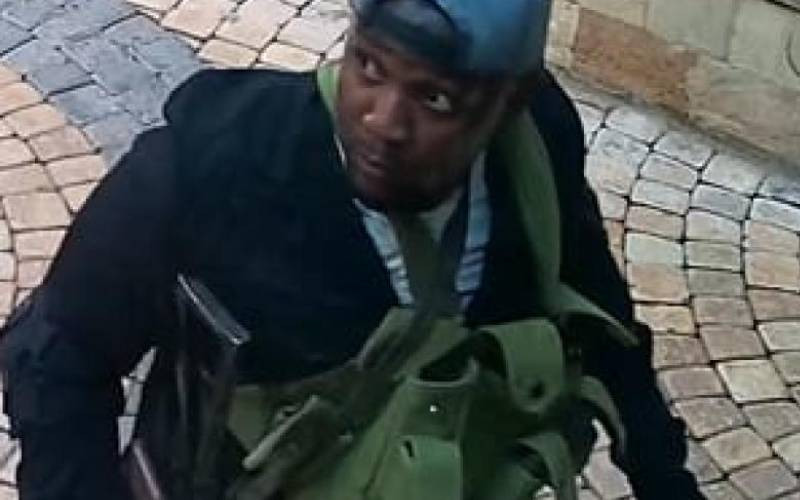×
The Standard e-Paper
Read Offline Anywhere

Victims who perished in the DusitD2 complex attack in Nairobi bore gunshot wounds majorly to the head while others had injuries indicating they were killed by explosives.
While lifting the veil on what happened on January 15, 2019, government pathologist Dr Richard Njoroge detailed a gruesome aftermath by attackers.